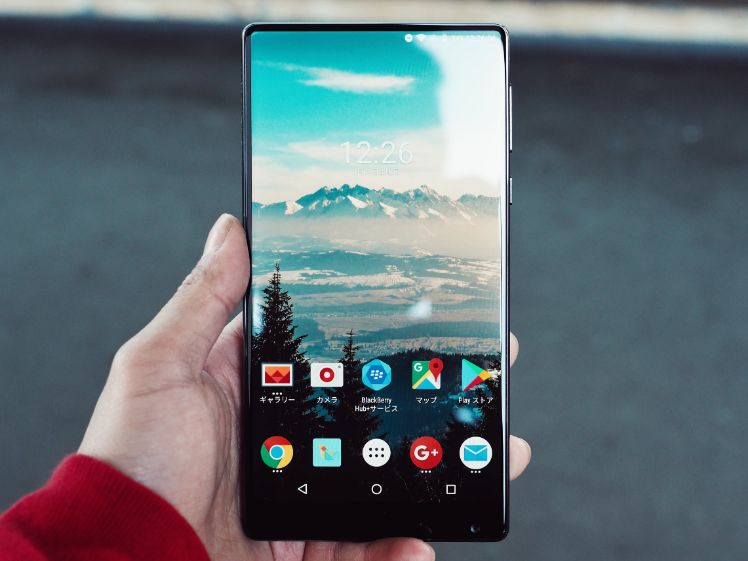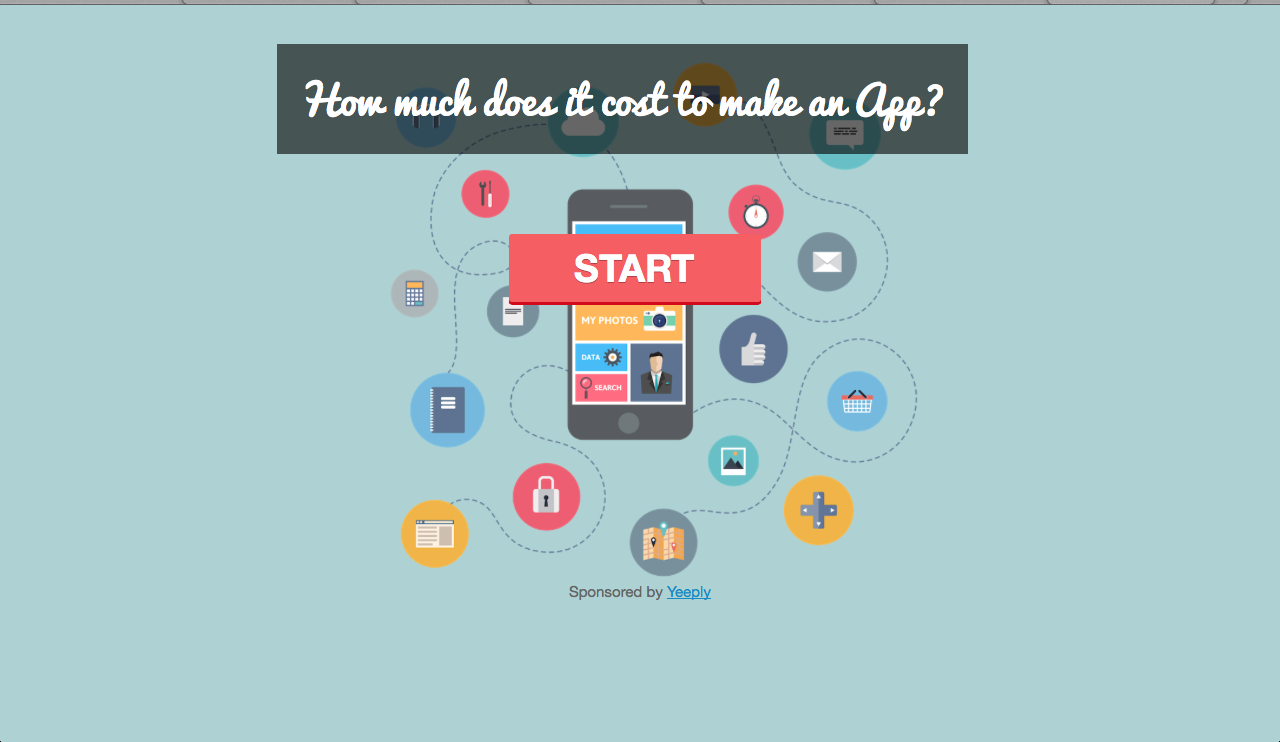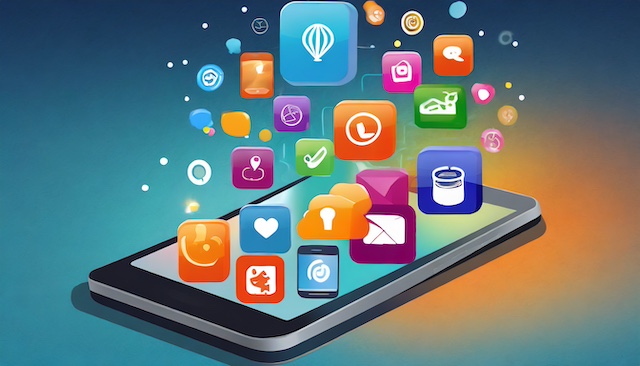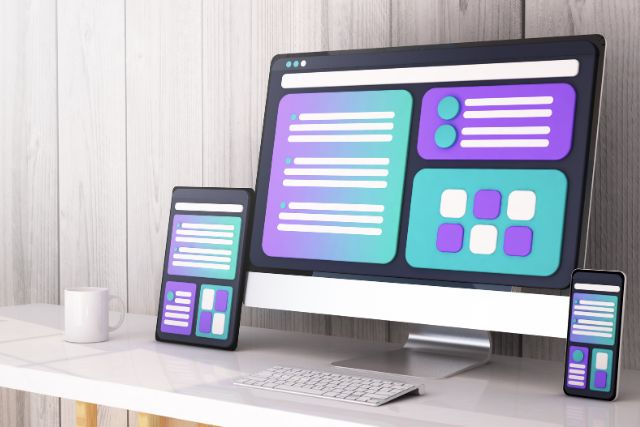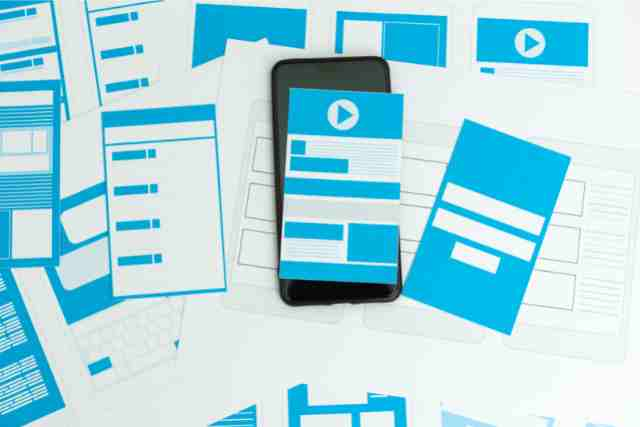When creating a new mobile app, it’s essential to plan properly the software’s lifecycle. If you are not too well acquainted with this concept, this article is meant for you.
We’ll explain what the lifecycle of an app is, what it is for and how to avoid the most common mistakes in its implementation stage. Let’s get started!
What is an app’s development lifecycle useful for?
Understanding a piece of software’s lifecycle is important because it disentangles its complex development process into different stages. This makes it easier to evaluate each part and simplifies the work to be carried out simultaneously by the programmers in each of these stages.
Thus, the software development cycle is a process that is iterative, made up of different stages, and methodically structured. It’s the only possible way to ensure that the final product is of high quality and meets sought-after requirements.
Moreover, by following an established method that guides the entire app’s development process, it’s possible to avoid errors that are prone to occur if the proper amount of time has not been allocated to each of the project’s stages.
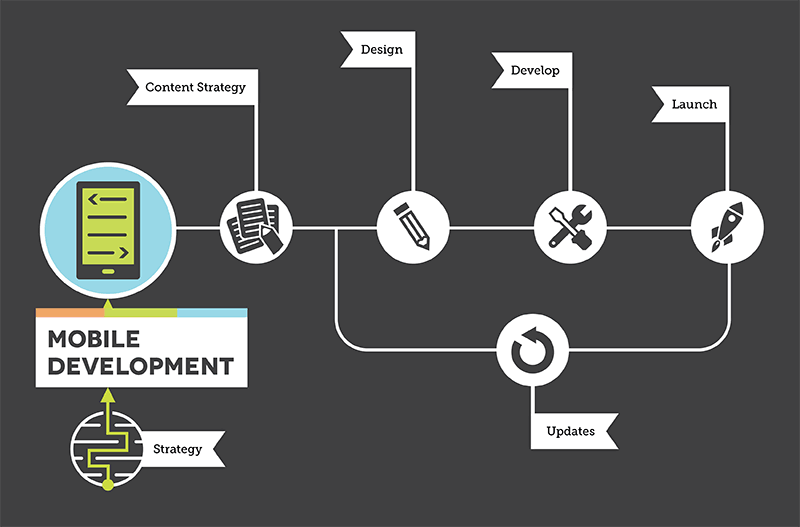
At first glance, it might seem that the development stage is the most important one. However, the planning and analysis stage is undoubtedly the most relevant stage.
Many companies allocate to this stage only something between 10 and 15% of the total development time. This leads to cost overruns stemming from not having planned the product they needed correctly. By proceeding otherwise, they would have reduced the number of extra hours involved in solving unforeseen issues and reshaping the product to make it be as they had really conceived it.
You need help planning your mobile app development’s lifecycle? Tell us about your project!
What is software development lifecycle?
By software development lifecycle we mean the process followed to design, develop and test a mobile app or piece of software. The ultimate goal is to create a high-quality product that meets — or even exceeds — customer expectations. But it’s a tad more complicated than this.
It’s also a process that must be completed while complying with the initial estimated time and costs. It goes beyond just simply creating an application: the app must be created successfully and in a streamlined manner. There lies the heart of the matter.
The software development lifecycle consists of several stages: planning, technical requirements, prototyping, development, QA (or testing), publishing and maintenance. We’ll now take a closer look to get to know better what each of them is and which professionals they involve.
Planning
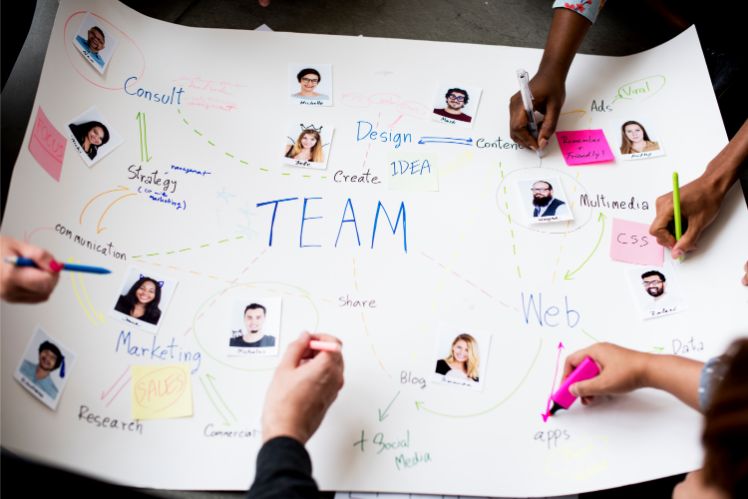
During this stage, different professional profiles (project manager, marketing experts, business analyst, etc.) will work together to define properly what the project needs and how it will be developed.
This stage revolves around assessing the app’s business concept and purpose. And very importantly: it’s also the stage when we must define its target audience. Understanding who your target customers will be is paramount in order to approach the app’s subsequent launch strategy, as well as for other aspects such as UI design — just to name an example.
This stage is also the moment to study your rivals in the industry and carry out a SWOT analysis. Once all this information has been collected, it’s time to decide on which platforms your product will be available, design your user acquisition and retention strategies, and plan your monetisation strategy.
Technical characteristics
The technical characteristics to be met by the application will be defined during this stage. The entire project’s requirements and its business approach will be detailed in the software’s documentation, which will serve as a guide for all the professionals involved throughout its different development stages.
Prototyping
This stage is usually carried out by a UX/UI designer, who will be responsible for creating the app’s sketches, wireframes, prototypes, and final graphic presentation.
In the prototyping stage, the app’s appearance and navigation will be defined step by step. This stage starts with the app’s first paper sketches, which then develop into a wireframe and, subsequently, into a navigable prototype simulating its use. This staggered course of action enables analysing the entire app’s potential use cases, as well as detecting any kind of inconsistency or error in its original concept (to then be able to correct it).
Related content | Mobile App Design: usability and user experience
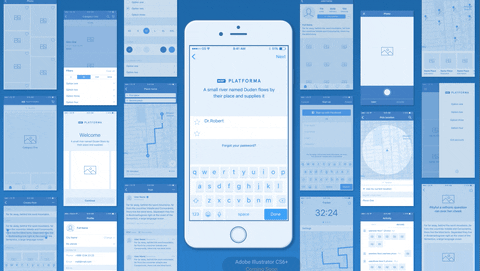
Development
This is by far the best-known stage. In it, developers will “work their magic” according to the requirements that have been pinpointed in the previous stages. The development stage involves mainly two areas:
- Front-end development: It involves the development of the elements that will be seen by the customer, i.e. the layers with which the user will interact.
- Back-end development: It involves the development of the app’s connection with a server or database, and links the mobile app’s front-end with the data.
QA or testing
With task forces who follow agile methodologies, this stage usually keeps on going from the app development’s very onset with the aim of detecting any possible errors that may arise as soon as possible.
Quality Assurance managers perform compatibility tests on different kinds of devices and screen sizes in each sprint, check the app’s navigation, menu, and buttons, and test the app under different conditions (low battery, slow internet connection, etc.).
When the application is finished from a development standpoint, a beta version is usually launched to be tested by users and obtain their feedback before publishing its final version in the application stores.
Publishing and maintenance
The head of DevOps is responsible for publishing the app and its updates in the application store, as well as for the app’s infrastructure and maintenance.
Read on: A guide to publish your app on Google Play Store and succeed
Clear about how to define your app’s development lifecycle?
If this is the first time you face the challenges entailed by mobile app development, it’s only normal for you to harbour doubts. It may be a bit overwhelming: finding the right professionals who’ll understand your project and engage themselves with it, having enough experience to be sure that the process will be completed successfully…
If you intend to contact a development team, the best advice we can give you is to specify as much as possible the product you expect to get delivered by them. Take a very close look at their portfolio to make sure they can develop your project soundly and don’t leave any question you may have unaddressed.
However, if you want to clear up all your doubts and let the process flow, why don’t you let Yeeply handle all these obstacles? All our development teams are made up of top-level professionals and we’ll take care of finding those that will suit you best. Welcome to Yeeply!



